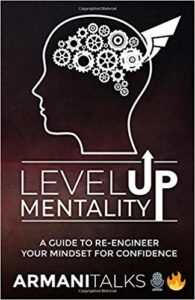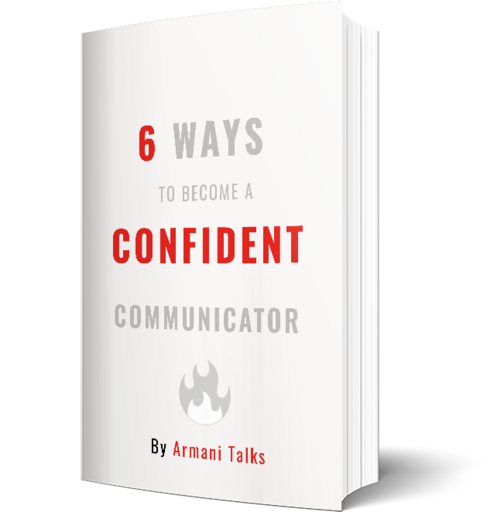Why Telling Short Stories is Harder Than Telling Long Stories
What all boring stories have in common is the length.
The story is long-winded.
There doesn’t seem to be a plot.
Random settings are being painted.
Random characters are being introduced.
The storyteller seems to be telling a story simply for the sake of telling a story.
With creativity, more is not always more.
Less is often more.
It takes skill to tell a short story.
A short story allows the storyteller to get to the point much faster.
Why It’s Easy to Ramble in Stories
Whenever humans are talking about themselves, they feel good.
The pleasure hormones that someone feels when speaking about themselves is the same pleasure hormones they feel when they are having sex.
When they are telling a story regarding their day, they can quickly ramble.
For them, all data seems to be important data.
But the recipient is bored out of their mind!!
They are thinking:
‘Um, what’s the point of the talk? Is there even a point or is this person just talking?’
It’s easy to misconstrue facial expressions when we are enjoying ourselves.
When we are anxious, everyone around us looks mean.
When we feel good because of rambling, it seems like the other person is displaying a pleasant face.
Don’t let their smile fool you.
Look at their eyes instead.
They have glazed eyes at the moment.
They are bored out of their mind.
Why Cutting Out Details is Tough
A writer has a love-hate relationship with the editor.
The writer knows that the editor is on the same team as him.
However, the editor often delivers the bad news.
‘You need to get rid of these lines.’
The writer thinks:
‘What?? If I remove these lines, then the consumer won’t understand the story!!’
But the writer listens anyway.
After those lines are removed, the writing is crystal clear.
The writer realizes his editor was right.
The reason chopping away details is tough is because we think we are excluding “important” info.
While in reality, that’s not often true.
This is why I believe every writer should edit their own work for some time.
Write a rough draft.
Wait a week.
Waiting a week allows you to view the rough draft from an objective lens rather than an emotional lens.
After the week is up, edit out the unneeded parts.
If you are editing with the objective lens, then it’s much easier to remove clutter.
Still, it’s difficult.
The 1-Minute Story
An easy exercise to tell a short story is to tell a 1-minute story.
Here are the rules:
- Tell a story in 1 minute or less.
- The story needs a character, conflict & lesson.
One example of the 1-minute story is.
‘One time, I saw that no one was writing on my Facebook, I had no engagement. There was a person who got a bunny and was getting all the engagement. I decided to get a bunny. Once, I got the bunny, I realized it was a demon. Sure, I got the engagement, but it wasn’t worth the hassle. I returned the bunny and got a snake. The snake was an even bigger demon. The likes & comments weren’t worth it. After returning the snake, I decided to switch to Instagram.’
- The main character was me.
- The conflict was my lack of engagement on Facebook.
- The lesson was that the engagement wasn’t worth the hassle.
This was clearly a story of me being silly.
Even this silly story allowed me to have a lot of clarity afterward.
It’s like I simplified my thinking skills.
I forced myself to get to the point.
Try telling a 1-minute story.
If you have no clue how to tell one, then spot a story that you are used to telling.
You know…one of those stories that you have the tendency to ramble on.
Now compress that tale into 1 minute or less.
It’ll be difficult, but it’s definitely possible.
Talk Less about What you Know a Lot About
I believe the 1-minute story will help a storyteller compress their message into something tiny.
But if the storyteller is too lazy to try out this exercise, I recommend another path.
With the 1-minute story, we are doing something.
This is the path of construction because it requires us to create something.
The other path is the “say less” approach.
With this path, we are not creating anything.
Here’s how it works…
What topics do you normally ramble about?
Next time, when someone asks you a question about it, give a very short response.
Every fiber of your being is going to want to say more.
But just give the shortest acceptable response.
Most people hate talking about their jobs, but you?
You love it.
You’ve spent 18 years to become a rocket engineer.
Whenever someone asks, “what do you do?”
- You see this as an invitation to drone on about your life.
Rather than doing a bunch of moves, do less.
Just say:
- The title of the position + what about you?
When we force ourselves to say little about a topic that we are passionate about, we recondition ourselves to get to the point much faster.
Not All Details Are Needed
In Toastmasters, there is a timer position.
The timer makes sure that the speaker doesn’t go over the time limit.
Many newbie speakers judge the timer.
‘Why would I give a 7-minute speech when I can give a 15-minute speech?’
Just because you can doesn’t mean that you should!
Do you remember those professors who would yap all the way till the end of class?
Even when the bell rang, they lacked the awareness to stop yapping.
They wanted to keep talking.
Talking like that does not require much skill.
Knowing when to talk less requires skill.
Short stories are harder to tell than long stories.
If your stories are too long, learn to cut back!!






